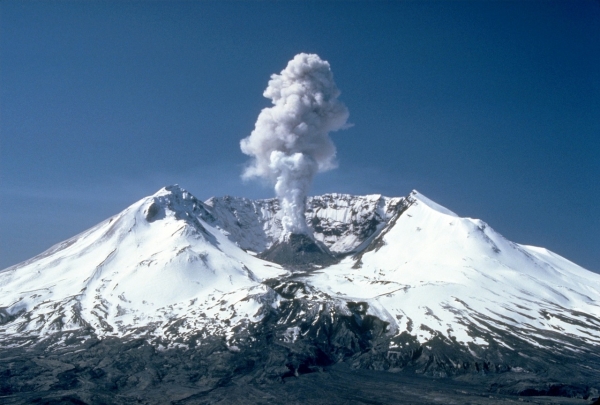A new study led by the University of Oxford has overturned the view that natural rock weathering acts as a CO2 sink, indicating instead that this can also act as a large CO2 source, rivalling that of volcanoes. The results, published today in the journal Nature, have important implications for modelling climate change scenarios.
Rocks contain an enormous store of carbon in the ancient remains of plants and animals that lived millions of years ago. This means that the “geological carbon cycle” acts as a thermostat that helps to regulate the Earth’s temperature. For instance, during chemical weathering rocks can suck up CO2 when certain minerals are attacked by the weak acid found in rainwater. This process helps to counteract the continuous CO2 released by volcanoes around the world, and forms part of Earth’s natural carbon cycle that has helped keep the surface habitable to life for a billion years or more.
However, for the first time this new study measured an additional natural process of CO2 release from rocks to the atmosphere, finding that it is as significant as the CO2 released from volcanoes around the world. Currently, this process is not included in most models of the natural carbon cycle.
Read more at University of Oxford
Photo Credit: WikiImages via Pixabay


